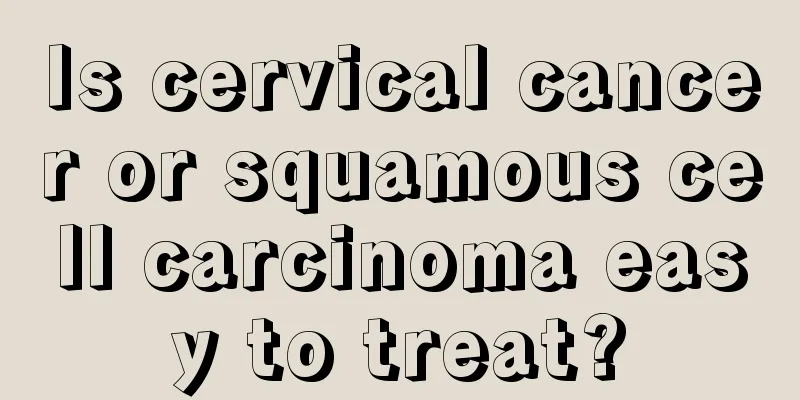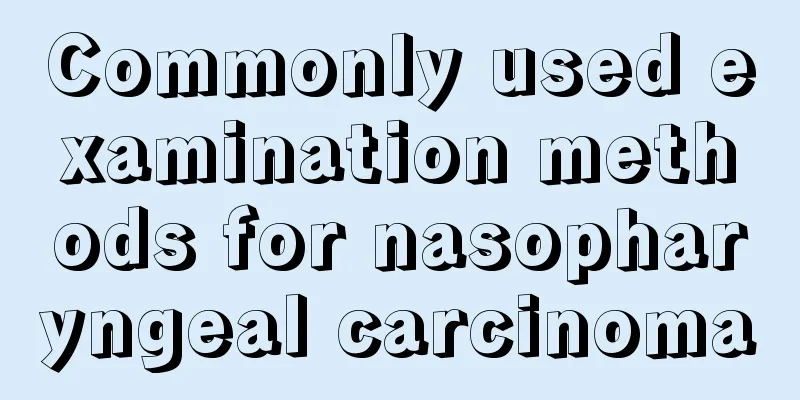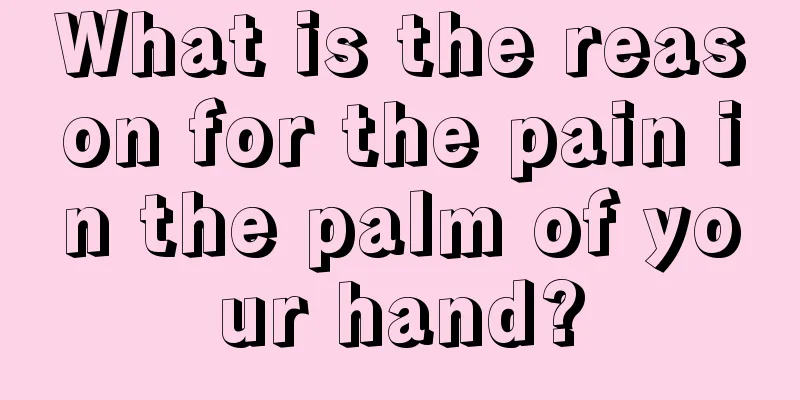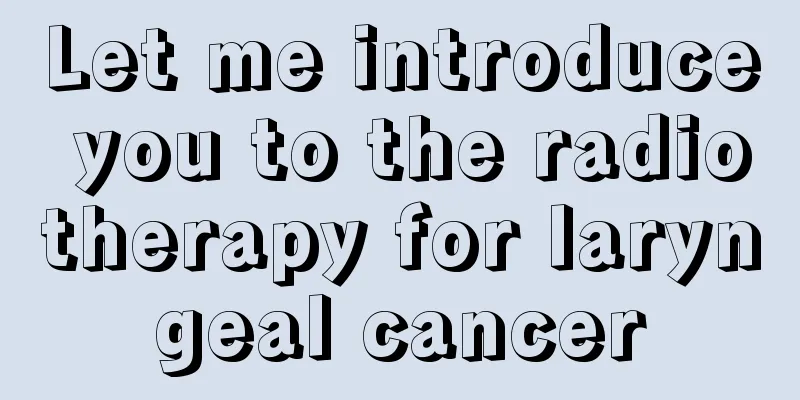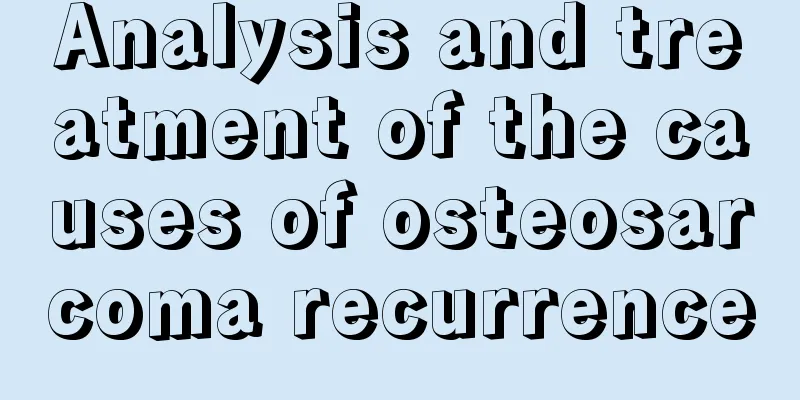What are the early symptoms of meningitis
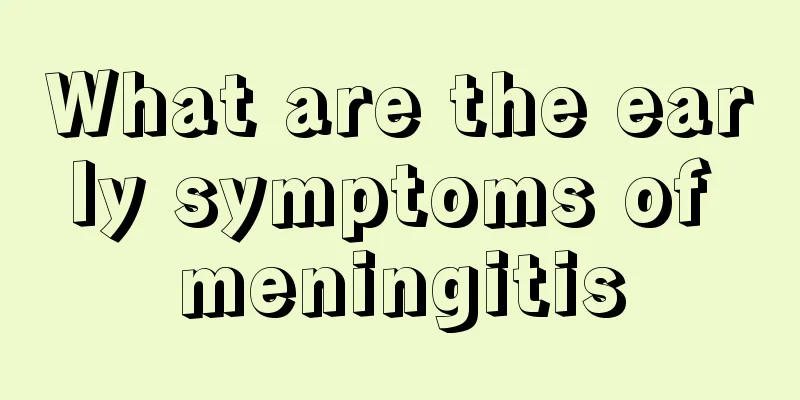
|
Meningitis is a disease in which the meninges or cerebrospinal meninges are infected. After the disease occurs, it will also cause damage to other parts of the body and cause other complications. Early symptoms include headache, vomiting, and drowsiness. 1. There are three layers of membranes outside the brain. The one close to the brain is called the pia mater, the outermost layer is the dura mater, and the middle layer is the arachnoid mater. When encephalitis affects the pia mater, symptoms and signs of meningitis may also appear; similarly, when inflammation of the meninges involves the brain parenchyma, symptoms and signs of encephalitis may also appear. So sometimes doctors diagnose encephalitis or meningitis, or meningoencephalitis (which is both). The pathogens that cause encephalitis and meningitis are very wide, including bacteria, viruses, fungi, parasites, etc., but bacteria and viruses are the most common. There are various types of bacteria such as cocci and bacilli, and there are also various types of viruses. Clinically, meningitis caused by Neisseria meningitidis is called epidemic in nature. The Japanese encephalitis virus is also contagious and often occurs in the summer. Regardless of which type of bacteria or virus causes encephalitis or meningitis, the basic symptoms are similar, such as fever, headache, vomiting, drowsiness, mental fatigue and even convulsions. The older the child is, the more obvious the above symptoms are. The symptoms shown by infants are not obvious, sometimes only fever, convulsions or vomiting, and irritability when the fever is high. 2. Because inflammation increases intracranial pressure, the baby's fontanelle becomes full and protruding. When doctors examine children, they often find that the child has a stiff neck, that is, the lower jaw cannot touch the chest when the head is bent forward, or the lower limbs can touch the chest but the straight position changes to flexed. This phenomenon indicates that the meninges are stimulated by inflammation, which indirectly indicates the presence of meningitis. The prominent symptoms of encephalitis are drowsiness, confusion or coma. Whether it is encephalitis or meningitis, convulsions of the limbs may occur. If a child shows the above symptoms, he or she should go to the hospital for diagnosis and treatment immediately. Don't think that fever and vomiting may be gastroenteritis, or that fever and headache may be a cold. When the doctor thinks a lumbar puncture is necessary, parents should not worry too much. 3. After lumbar puncture to extract cerebrospinal fluid and testing it, a clear diagnosis can be made as to what type of bacterial infection it is, so as to decide which drug to use for treatment. Only early diagnosis and early treatment can save lives in time and reduce sequelae and complications. |
>>: Why does the ear hurt behind the base of the ear?
Recommend
Preparation and efficacy of Eucommia ulmoides flower tea
People who often study traditional Chinese medici...
Vitamin B2
Vitamin B2 usually plays the role of vitamin supp...
Knowledge about hereditary angioedema
Hereditary angioedema is something we are unfamil...
What are the treatments for hyperventilation syndrome
Hyperventilation syndrome is a disease that is ge...
Apply ointment to cracked skin
Cracked skin is a very common condition, which is...
What are the treatments for swollen and painful finger joints
When the finger joints are swollen and painful, a...
What is the correct way to wash underwear
Underwear is something we wear every day and is i...
The ratio of turtle soaking in glucose
Nowadays, many people keep turtles as pets. These...
Can I eat breakfast while doing gastroscopy
Gastric disease is a relatively common disease no...
The clone becomes harder and bigger inside the body?
Battle of Balls is a popular game. Many people li...
Stay away from liver cancer by paying attention to the details of life
Liver disease seems to be more specific to men. M...
What is the normal heart rate for an adult
We often go to the hospital for physical examinat...
The dream of high school entrance exam is shattered: a 15-year-old boy is suffering from bone cancer. Parents must pay attention to these three warnings!
Bone cancer is a relatively rare malignant tumor,...
What are the prevention and treatment methods for blood tumors? Prevention and treatment of blood tumors
Leukemia is a common blood tumor. The disease has...
Xanthium sibiricum leaves for arthritis treatment
There are many types of arthritis, among which rh...
